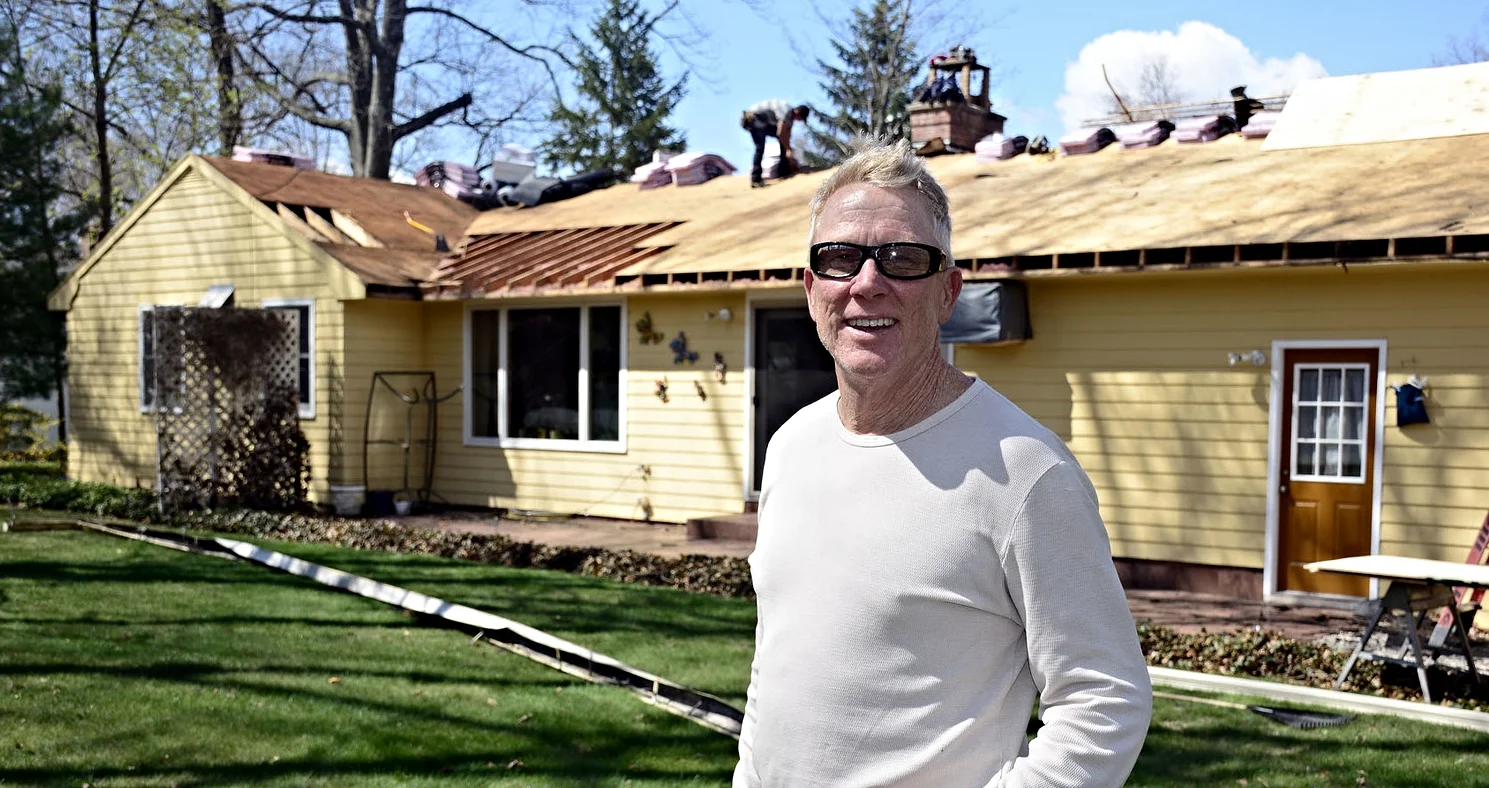Window Condensation? A Common Spring Problem To Resolve
Chelsea O'Donnell
This week a reader asked a great question, “My windows are constantly fogged up and I’m not sure why. How can I fix them?”
Window condensation is such a common problem and it happens in homes with too much humidity. If your house is old or new, it doesn’t matter. When the humidity inside the home is higher than the humidity outside, your glass windows and doors will start to show condensation, especially at this time of year when evening temperatures hover around 40 degrees.
Homes should be at about 50 percent humidity. When they are higher, the glass in your home will act as a dehumidifier and the excess moisture will collect on it in an attempt to get rid of the water from the air. Newer homes are built tightly, which makes it harder for moisture to escape. Older homes can let too much moisture from the outside in. This is why condensation doesn’t discriminate. It can happen to any house.
So what can you do to either prevent condensation or get rid of a problem that you already have? Step one is to purchase a hygrometer which is the instrument to measure humidity. As I said, 50 percent humidity inside the home is what you’re aiming for, but anything from 45 to 55 percent is fine. If your hygrometer is measuring 60 to 70 percent or higher, you’ll want to take immediate action. While condensation on windows is unsightly and annoying, mold and mildew growth is much worse.
If you have condensation, here are a few ideas to get rid of it quickly and effectively.
Turn Down Your Humidifier. If you’re using one, it’s working! By releasing less moisture into the air, you’ll reduce your condensation problems.
Buy a Dehumidifier. If your house is constantly damp, a moisture eliminator is going to be crucial. Lots of homeowners run dehumidifiers in their basement all the time but keeping one going upstairs might be necessary. If you are running slightly more humid in rooms such as the bathrooms or the laundry room, try a refillable moisture absorber such as DampRid.
Use Your Fans. Bathroom and kitchen fans are there for a reason. Cooking a dish that lets off lots of steam or taking long showers both create tons of extra water. Extractor fans can help to remove that moisture. Let them run for 10 minutes after use.
Open the Windows. Air circulation is key, so open up those windows and make good use of ceiling fans. Also, make sure you check the humidity in the attic, as heat tends to rise. You may find that your first and second floors have entirely different humidity levels and need to be treated independently.
Insulate! Because condensation is caused by heat and moisture, it’s a good idea to make sure your home is insulated to make the air easier to control. Insulation can be as simple as weatherstripping and door sealing depending on the level of wall and attic insulation in your home. If you’re not sure how much insulation you have, call a contractor to give you an assessment and free quote.
Spring and summer are much wetter seasons than fall and winter, so be sure to check your moisture levels often. As the humidity rises outside, a house that doesn’t “breathe” properly will be susceptible to a number of problems. Consider foggy windows as a warning sign and take action right away to avoid potentially expensive repairs and hazardous breathing conditions in the future.
Bob O'Donnell is the owner of O'Donnell Bros, Inc., a Bristol-based home improvement company established in 1975. Email your questions for Bob to info@odonnellbros.com with the subject line “Ask the Pro”. All questions may be considered for publication. To contact Bob for your remodeling needs, call O'Donnell Bros, Inc. at (860) 589-5155 or visit www.odonnellbros.com. Advice is for guidance only.
